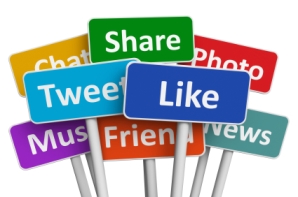In September 2013, Hasan Syed decided to voice his displeasure with British Airways by paying to promote his angry tweets about the airline's service.
The tweet went viral and the story was reported by many major news outlets. British Airways soon found itself in the uncomfortable position of issuing a public apology for a single service failure.
The viral tweet is something that scares a lot of executives.
It’s one thing to disappoint a customer one-on-one. It’s quite another issue to see that disappointment broadcast for the world to see.
So, what do angry customers tweet about?
To find out, I sampled 250 tweets:
- 100 tweets with the hashtag #badservice
- 100 with the hashtag #customerservice
- 50 tweets with the hashtag #servicefail
Both #badservice and #customerservice are among the more popular hashtags used by customers. I only sampled 50 tweets with the hashtag #servicefail because it isn’t used as often.
Only complaints were counted. Compliments, general discussions, or people promoting a product or their content were all left out.
Here are three things I discovered:
Don’t Make Customers Wait
Waiting is the top source of twitter complaints, with 37 percent mentioning an excessive wait time.
This covers a wide variety of situations.
It could be waiting for a replacement product to arrive, waiting for the cable repair technician, or waiting for food to arrive in a restaurant.
Respond Or They’ll Tweet
The number two source of twitter complaints was a defective product or service at 23 percent. No real surprise there, but number three was interesting: 22 percent of twitter complaints mentioned the company had not responded to them via another channel.
Many companies are their own worst enemies here.
Customers now expect a response to email within four hours, but most companies are still at one day or more. Phone calls go unreturned.
“I’ll get back to you” often really means “I’ll forget about you.”
Twitter is a Second Channel
A majority of the complaints on twitter hint that this isn’t the first time they tried to resolve the issue.
Many customers have tried to resolve their problem via a more traditional one-on-one channel that isn’t broadcast to social media. Perhaps they visited a store, called a contact center, or browsed a company website.
Here’s a chart with the overall results:
Key Take-aways
This data highlights a few things savvy companies should be doing.
Reducing wait times is an obvious start, but companies often struggle here. Keep in mind that wait time is a factor of both reality and perception. You can use a few secret tactics to help customers feel like their wait time is shorter.
Responding to customers is a no-brainer. There’s no excuse for being unresponsive.
Focusing on first contact resolution may be the best way to prevent angry tweets. People often complain on twitter when their original complaint has gone unresolved.











